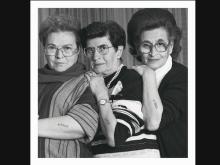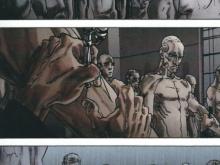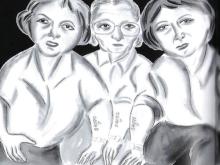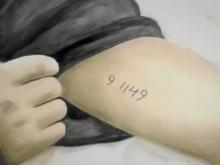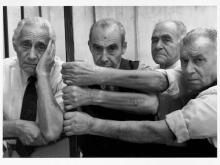Adamah
ADAMAH, Helmar Lerski, Palestine 1947
ADAMAH (1947) is an early attempt to deal with the trauma of child survivors in pre-state Israeli cinema. Helmar Lerski’s film is a dramatization of the situation in a village for orphaned Jewish children before the establishment of the State of Israel that largely follows the Zionist historical narrative from catastrophe to redemption. This development is told as a transition from a traumatised and destructive victim to a self-confident and productive member of a new society. The Number Tattoo serves as a reminder of the protagonist’s past, which is visualised only once in the film through a series of short flashbacks. Those flashbacks partly refer to historical footage and reenacted scenes. The visual trope of barbed wire serves as a trigger for the memories that befall the protagonist. When he realises the destruction he had caused in his outrage, a close-up of the number tattooed on his arm can be seen as related to the confusion of past, present, and future in the traumatic experience. Hence, the Number Tattoo and the indirect allusion to the historical footage through the use of the close-up shot serve as a symbol for the mark left by the trauma on the survivor’s body.
